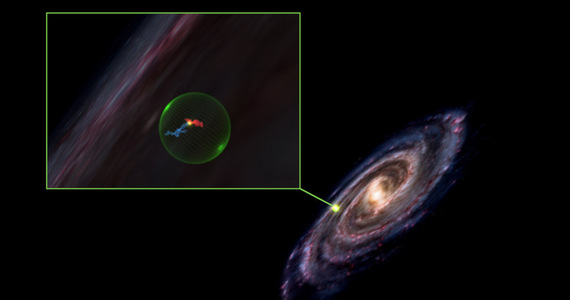Astronomers from Harvard University, while analyzing 3D maps of the shapes and sizes of molecular clouds, discovered a huge void in space. It is spherical and 150 parsecs in diameter (about 500 light-years). It is located between the constellations of Perseus and Taurus. According to scientists, this space was formed by ancient supernovae about 10 million years ago.
Molecular clouds are a type of interstellar cloud in which the density of hydrogen is high enough and the temperature is low enough for the formation of hydrogen molecules H2. After some time, the cloud contracts and intensifies under the influence of its own gravitational field, which is accompanied by a rise in temperature. If the mass of the cloud is large enough, proton-proton nuclear reactions begin. This is how stars are born.
So where did the empty space between star-forming regions come from?
Hundreds of stars are forming or already on the surface of this giant bubble. We have two theories — either a supernova exploded in the core of this bubble and pushed the gas outward to create what we now call a “Perseus-Taurus Supershell,” or a series of supernovae that occurred over millions of years and created them over time, said Shmuel Bialy, lead author of the study.
The scientists believe that their findings show that the Perseus and Taurus molecular clouds are not separate structures and that they formed together from the same supernova shock wave.
“This shows that when a star dies, its supernova generates a chain of events that can eventually lead to the birth of new stars,” Bialy added.
The 3D map of empty space and its surrounding molecular clouds has been developed thanks to the European Space Agency’s Gaia probe.

“Prone to fits of apathy. Introvert. Award-winning internet evangelist. Extreme beer expert.”









